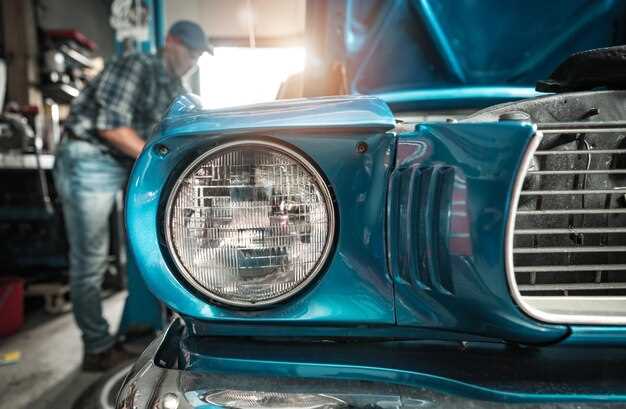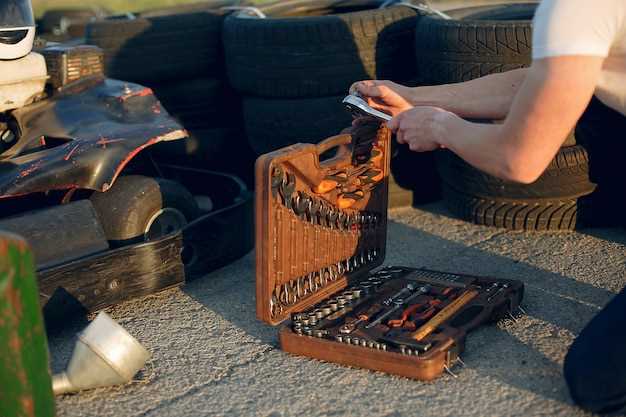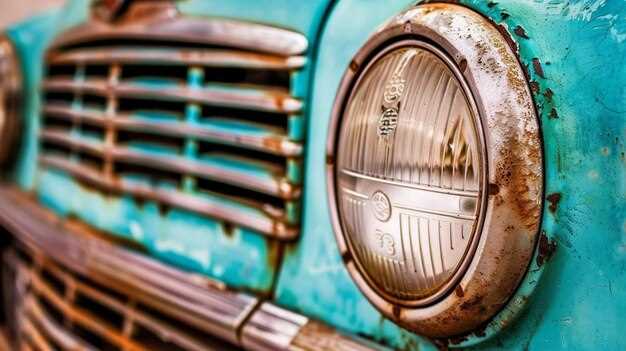How Often to Service a Vintage Vehicle

Owning a vintage vehicle is not just a hobby; it’s a passion that requires attention to detail and a commitment to maintenance. Understanding the necessary servicing schedule is crucial for preserving the car’s integrity and ensuring optimal performance. Regular service intervals help to identify potential issues before they become major problems, thereby extending the lifespan of your cherished automobile.
Each vintage vehicle has its own unique requirements, influenced by factors such as make, model, and age. Therefore, it is essential to familiarize yourself with the specific service needs of your vehicle. Following a well-defined servicing schedule not only keeps your vehicle running smoothly but also enhances its value, making it an appealing choice for collectors and enthusiasts alike.
By adhering to recommended service intervals, owners can maintain the vehicle’s mechanical components, inspect for wear and tear, and replace parts when necessary. This attention to detail ensures that your vintage car remains a reliable and enjoyable mode of transportation, allowing you to reaffirm your passion for classic automobiles.
Understanding Maintenance Intervals for Classic Cars
Classic cars require a different approach to service compared to modern vehicles, primarily due to their unique engineering and the age of their components. Establishing appropriate maintenance intervals is crucial to ensure longevity and performance.
Typically, maintenance intervals for classic cars should be determined based on usage and age. While a modern vehicle might benefit from service intervals of every 5,000 to 7,500 miles, classic cars often require more frequent checks. Regular inspections every 1,000 to 3,000 miles are advisable to monitor essential systems such as brakes, engine, and transmission.
In addition to mileage, time also plays a significant role. Components such as lubricants, seals, and rubber parts can degrade over time, even if the vehicle is not driven frequently. Therefore, an annual service is often recommended, regardless of mileage, to replace fluids and inspect critical parts.
Owner manuals and maintenance schedules from the manufacturer can provide valuable guidelines. However, it is essential to adapt these recommendations based on the specific needs of the vehicle and driving conditions.
In summary, understanding and adhering to proper maintenance intervals is vital for keeping classic cars in peak condition. Regular servicing not only enhances reliability but also preserves the vehicle’s value over time.
Key Components to Check During Each Service

When servicing your vintage vehicle, adhering to the appropriate service intervals is crucial for maintaining its performance and longevity. Several key components require regular attention to ensure your vehicle remains in optimal condition.
Engine Oil: Regularly check and change the engine oil according to the manufacturer’s recommendations. Fresh oil lubricates engine components, reduces wear, and prevents sludge buildup.
Cooling System: Inspect the radiator, hoses, and coolant levels to prevent overheating. Replace old coolant and ensure that the thermostat is functioning correctly.
Braking System: Periodically examine brake pads, rotors, and fluid levels. Worn pads can compromise safety, while old brake fluid may lead to brake failure.
Transmission Fluid: Check the transmission fluid level and condition frequently. Automatic transmissions may require fluid changes at specific service intervals to avoid costly repairs.
Tires: Inspect tire treads and pressure regularly to ensure proper grip and fuel efficiency. Rotate tires as needed to promote even wear.
Battery: Examine the battery’s terminals for corrosion and ensure a secure connection. Check the battery’s charge and replace it if necessary, as vintage vehicles may have unique power demands.
Suspension: Assess shocks, struts, and other suspension components for wear. Proper suspension is essential for handling and ride comfort.
Fuel System: Clean or replace fuel filters and check fuel lines for leaks. A well-maintained fuel system ensures efficient performance and better fuel economy.
By focusing on these critical components during each service, you can ensure that your vintage vehicle remains reliable and enjoyable to drive for years to come.
Tips for Finding Reliable Vintage Vehicle Technicians

When it comes to maintaining a vintage vehicle, finding a reliable technician is crucial for its longevity and performance. Here are some practical tips to help you identify the right professional for your classic ride.
Start by seeking recommendations from fellow vintage car enthusiasts. Local clubs and online forums can provide valuable insights into trusted technicians who specialize in classic vehicles. Their firsthand experiences can guide you in making an informed decision.
Research the technician’s experience with vintage vehicles specifically. Not all mechanics possess the necessary skills to handle older models, which often require unique knowledge about their systems and parts. Look for references to vintage or classic car work in their background or service offerings.
Check for certifications and memberships in professional organizations. Technicians who are part of organizations such as the National Institute for Automotive Service Excellence (ASE) may have undergone specialized training, which is beneficial when dealing with vintage cars. Certifications can assure you of their competency and commitment to quality work.
Visit the workshop in person if possible. A clean and organized space often reflects a technician’s attention to detail. During your visit, ask about their tools and equipment. Modern diagnostic tools may not always apply to older vehicles, so it’s vital to ensure they have the right resources to maintain your vintage model correctly.
Inquire about the intervals at which they suggest maintenance or servicing. A knowledgeable technician should offer you a detailed servicing schedule tailored to your vehicle’s specific requirements, ensuring it remains in top condition throughout the years.
Lastly, consider starting with a minor service or inspection first. This allows you to assess the technician’s capabilities and communication style without committing to a more significant repair initially. Building a trusting relationship will enhance your vintage vehicle’s maintenance experience.



